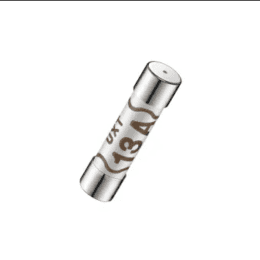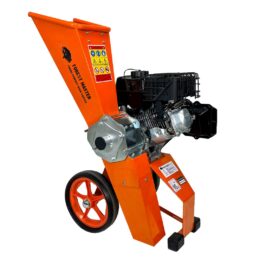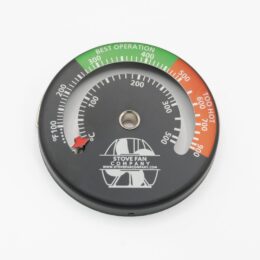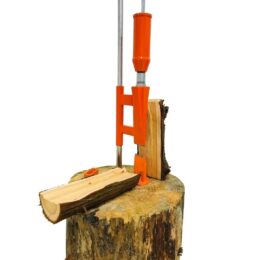Last Updated on October 2, 2020 by Forest Master
There are many misconceptions and some confusion around using your own wood for your log burner. The last thing you want to do when loading up your burner for a cold winter night is to find that you only have unseasoned wood. In this blog post, we’ll cover how to correctly season your firewood as well as covering any questions you may have around the process.
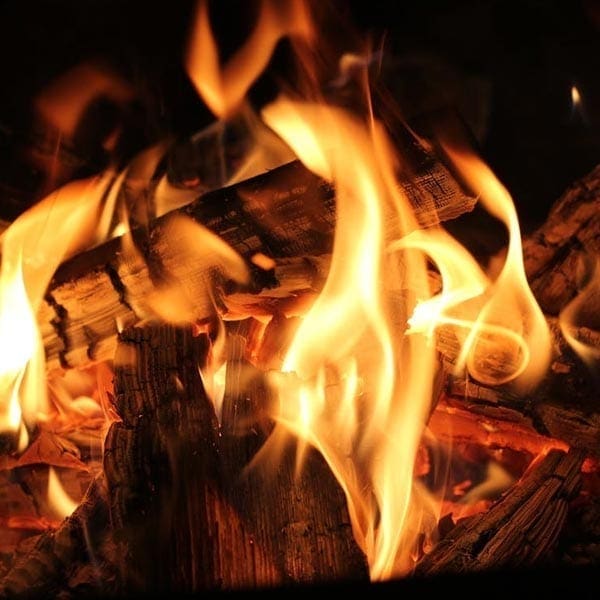
Unseasoned wood (fresh cut) holds a very high moisture content, and as you’re trying to start a fire this is not ideal. It makes the fire very hard to get burning and when you finally do manage to get it going, it produces an abundance of smoke.
As well as being a pain to produce fire with, the biggest issue it raises is that it’s also a massive contributor to creosote buildup in chimneys, this can lead to devastating chimney fires.
Seasoning your firewood is essential for creating a safe, clean and efficient fire for heating your home. A good firewood would be a well seasoned log which produces a great heat output while leaving little ash. It will also have been cut down to the right size and length for your log burner or chimney.
Wet firewood leads to difficulty starting a fire, short burn times, low heat output, smoky fires with little flame and many more issues.
What firewood should I use for my log burner?
Typically, you would use whatever wood you have in your property. Although it’s still important to know what you’re splitting, seasoning and using within your fire.
If you have a choice of choosing your firewood, you want logs which produce a high heat output, while leaving a minimal amount of ash and a small amount of smoke. Want to find out how to cut your firewood from start to finish? Check out our comprehensive guide covering felling the tree right down to splitting the wood.
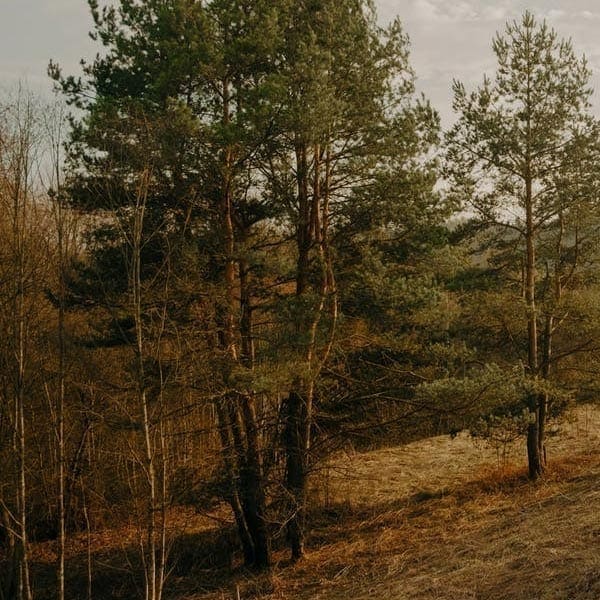
Check out our blog post on wood-burning properties to find out which woods are best for burning as well as how hard particular logs are to split.
In the end it mostly comes down to achieving the right moisture content for your firewood.
Cutting and splitting your wood
Why is it important to split your wood? Splitting your wood provides several benefits.
The main benefit is that cutting the wood to length and splitting it assists in drying (seasoning) the wood. When trees are first chopped down and cut, around half of the wood weight (sometimes more) is water. This makes it incredibly difficult to burn, and if you do manage to start a fire with it then it would mostly just produce an abundance of smoke, rather than any actual heat.
Splitting the wood allows the wood to dry out until the water weight is less than 20%. This allows the wood to burn effectively.
Another reason to split the wood is that the outer bark of the tree essentially protects the insides, keeping the moisture in. Additionally, many species of trees actually have bark which is mostly fire retardant. When you split the wood it makes it much easier for the wood to catch fire since the inside can burn more readily.
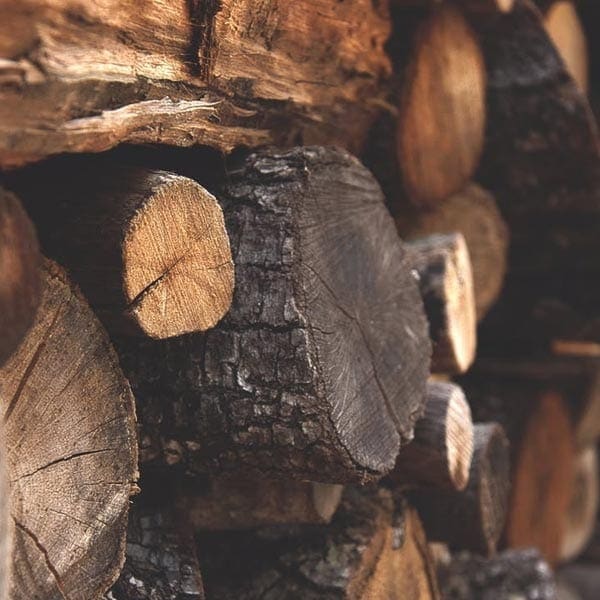
So I guess the next question is how do I split my logs? Well, you’re asking the right people. We specialist in log splitting equipment for turning those massive logs into perfectly sized firewood for your log burner.
Check out our guide on picking the right log splitter to find out more.
How long should you season your logs?
Unfortunately, there’s not really a right or definitive answer to this question. Typically, seasoning takes around six months to a year but there are a few processes you can use to speed this up.
The goal is to produce wood to a moisture content under 20%. Splitting wood is the number one way of speeding up the process of seasoning your firewood.
After your wood is split, you will want to expose it to air and sunlight. Log stores are perfect for this as they create an ideal environment for your wood to receive everything they need to season while being kept neatly out of the way. Take a look out our blog post to find out more about why log stores are a great investment as well as our recommendations for purchasing a suitable one.
If you opt to use a shed or barn of sorts, you need to be sure that plenty of air is able to circulate otherwise the firewood will dry very slowly. You should also consider keeping the wood raised off the ground.
When stacking your wood, using whichever method you decide on, be sure to turn the logs bark-side down as you stack them and then turn them bark-side up on the top row. This method is the best way for allowing moisture to escape from the firewood, and the top row will shield the rest of the logs from any moisture coming from above (rain or snow).
How to know when your firewood is seasoned
There are quite a few ways to check your wood to see if it is seasoned, but before we go into them the easiest way to check the moisture content is to invest in a moisture meter. If you want to know if your firewood is seasoned simply insert the moisture meter and if it reads a number below 20 percent then you’re good to go!

Colour is a good visual indicator of seasoned wood. The colour of the wood will fade over time, when you first split the wood it’s likely green. Weight is another way to assess how seasoned a log is. As the wood dries, it will lose its moisture content and become much lighter.
The hardness of the log is another indicator of how seasoned your firewood is. Drying wood becomes much harder and is significantly more difficult to split. It also tends to be stronger and more compressed.
You can also use sound to determine how seasoned a log is. Wet wood produces a dull thud when knocked against another piece. If your firewood is seasoned (dry), it will make a hollow sound when hit together with another piece.
Aside from using a moisture meter, flammability is the ultimate test of how seasoned your firewood is. Green wood (wet) will be incredibly difficult to light and will produce a lot of smoke.


